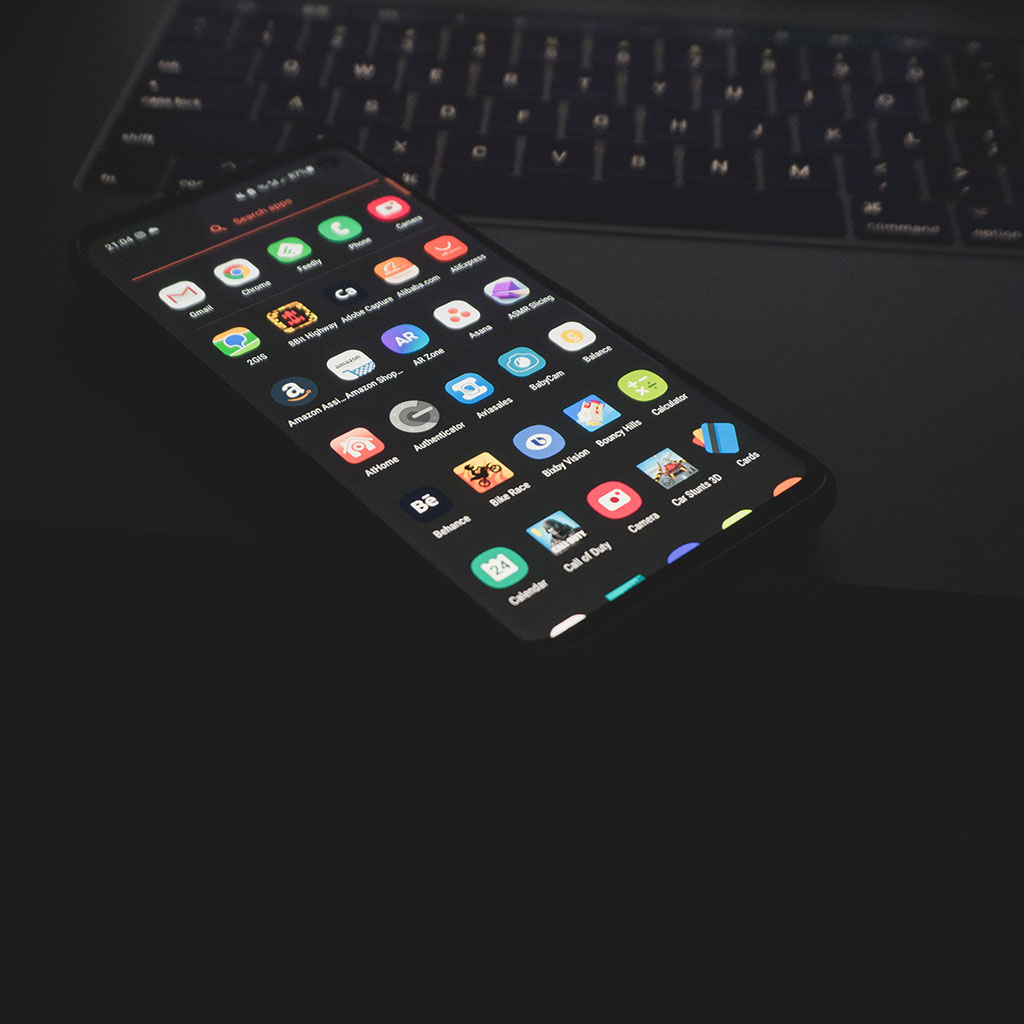Can I transfer files from Android to MacBook?
Can I transfer files from Android to MacBook?
Transferring files from an Android device to a MacBook is a seamless process that allows users to share data effortlessly between two distinct operating systems.
Unlock the magic of seamless file sharing between your Android and MacBook!
Absolutely! Transferring files between an Android device and a MacBook is entirely feasible and can be accomplished through various methods:
- Using Android File Transfer App:
- Download and install the Android File Transfer app on your MacBook.
- Connect your Android device to the MacBook via a USB cable.
- Open the Android File Transfer app on your MacBook. This will display the folders and files on your Android device.
- From here, you can drag and drop files between your Android device and the MacBook.
- Via Bluetooth:
- Enable Bluetooth on both your Android device and MacBook.
- Pair the devices by following the on-screen prompts on both devices.
- Once paired, you can select the files on your Android device and choose the option to share via Bluetooth. Accept the incoming file on your MacBook to complete the transfer.
- Using Cloud Services:
- Utilize cloud storage services like Google Drive, Dropbox, or OneDrive.
- Upload the files from your Android device to the cloud service.
- Access the same cloud service on your MacBook using a web browser or the respective desktop app and download the files to your MacBook.
- Email or Messaging Apps:
- Attach the files you wish to transfer to an email or a messaging app on your Android device.
- Send the email or message to yourself and access it on your MacBook to download the attached files.
Each method offers its own advantages and considerations. Choose the one that aligns best with your preferences and the size/type of files you wish to transfer. These methods enable seamless file sharing between Android devices and MacBook, ensuring efficient data transfer across different operating systems.





You must be logged in to post a comment.